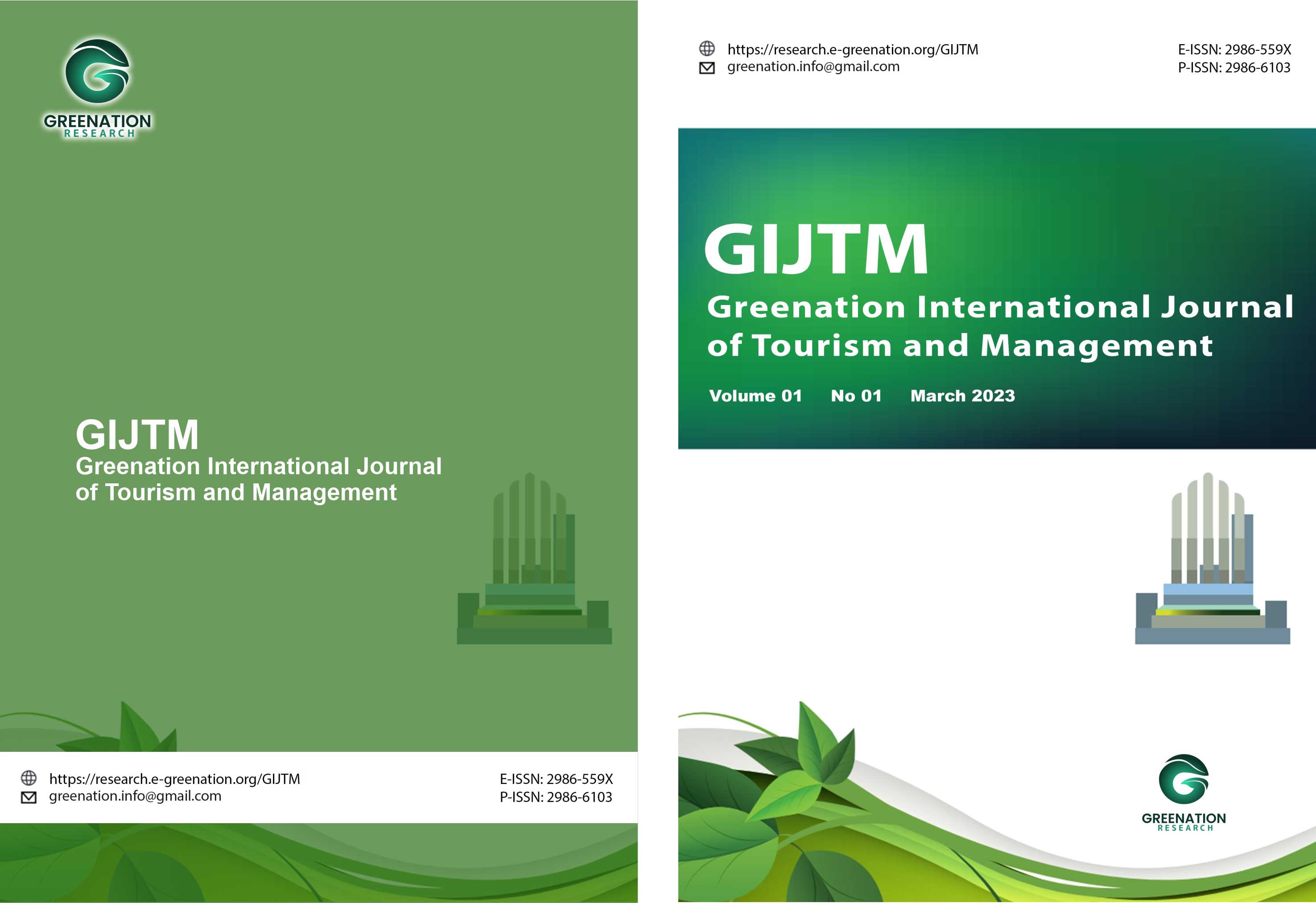The Influence of Perceived Usefulness, Perceived Ease Of Use and Social Influence on Mobile Commerce Usage Activities
DOI:
https://doi.org/10.38035/gijtm.v1i1.17Keywords:
Perceived Usefulness, Perceived Ease of Use, Social Influence, Mobile CommerceAbstract
This research aims to analyze the influence of perceived usefulness, perceived ease of use and social influence on mobile commerce usage activities in Padang State University's students. The type of research is causative. The numbers of the sample were 100 respondents who had been taken by accidental sampling technique. The data analysis technique used Structural Equation Modeling (SEM) with the 3.0 WarpPLS program. The results of this research show that: (1) Perceived usefulness has a positive and significant influence on the mobile commerce usage activities in Padang State University students. (2) Perceived ease of use has positive and not significant influence on mobile commerce usage activities in Padang State University's students. (3) Social influence positive and significant influence on mobile commerce usage activities in Padang State University's students.
References
Arief, W. (2006). Study of Information System User Behavior with the Technology Acceptance Model (TAM ) Approach . Journal at the Faculty of Information Technology, Budi Luhur University, Jakarta .
Augusty, F. (2006). Structural Equation Model in Management Research . Semarang: Diponegoro University Publishing Agency.
Chan and Chong (2013). Analysis Of The Determinants Of Consumers' M-Commerce Usage Activity. Emerald: Online Information Review . Vol. 37, no. 3.
Davis, FD (1989). Perceived Usefulness, Perceived Ease Of Use And User Acceptance Of Information Technology. MIS Quarterly . Vol. 13, No. 3.
Jogiyanto. (2007). Behavioral Information System . Yogyakarta: ANDI.
Liao, S., et. al. (1999). The Adoption of Virtual Banking: An Empirical Study. International Journal of Information Management, Vol. 19, No. 1.
Lui, HK, and Jamieson, R. (2003). TRiTAM: A Model for Integrating Trust and Risk Perception in Business-to-Consumer Electronic Commerce. 16th Bled eCommerce Conference eTransformation . .
Mahatanankoon, P., et al. (2005), “Consumer-Based M-Commerce: Exploring Consumer Perception Of Mobile Applications”, Computer Standards & Interfaces , Vol. 27 No. 4.
Mahfud, S. and Dwi, R. (2013). SEM-PLS analysis with WarpPLS 3.0 . Yogyakarta: ANDI.
Malhotra, Y., and Galletta, DF (1999). Extending the Technology Acceptance Model to Account for Social Influence: Theoretical Bases and Empirical Validation . Proceeding of the 32nd Hawaii International Conference on Systems Science.
Mowen, JC and Minor, M. (2002) . Consumer Behavior . Volume 1. Issue 5. Jakarta: Erlangga Publisher.
Peter, JP, and Olson, JC (2010). Consumer Behavior : Consumer Behavior and Marketing Strategy. Volume 1. Issue 4. Jakarta: Earlangga Publisher.
Turban, E. et al. (2012). Electronic Commerce 2012, 7th Edition . Pearsons.
Venkatesh, V., et al . (2003). User Acceptance of Information Technology: Toward a Unified View. MIS Quartel . Vol. 27 No. 3.
http://www.apjii.or.id/v2/index.php/read/page/malam-data/9/statistik.html# accessed on 29 May 2014.
Downloads
Published
How to Cite
Issue
Section
License
Copyright :
Authors who publish their manuscripts in this journal agree to the following conditions:
- Copyright in each article belongs to the author.
- The author acknowledges that the Greenation International Journal of Tourism and Management (GIJTM) has the right to be the first to publish under a Creative Commons Attribution 4.0 International license (Attribution 4.0 International CC BY 4.0).
- Authors can submit articles separately, arrange the non-exclusive distribution of manuscripts that have been published in this journal to other versions (for example, sent to the author's institutional repository, publication in a book, etc.), by acknowledging that the manuscript has been published for the first time at GIJTM.


























